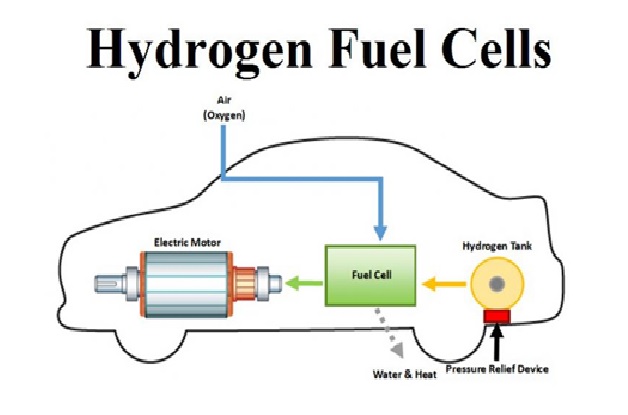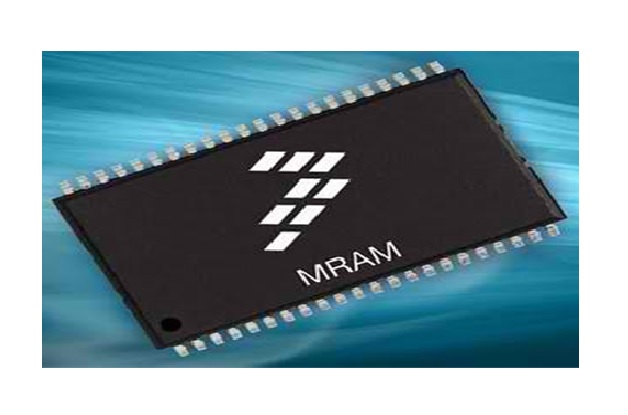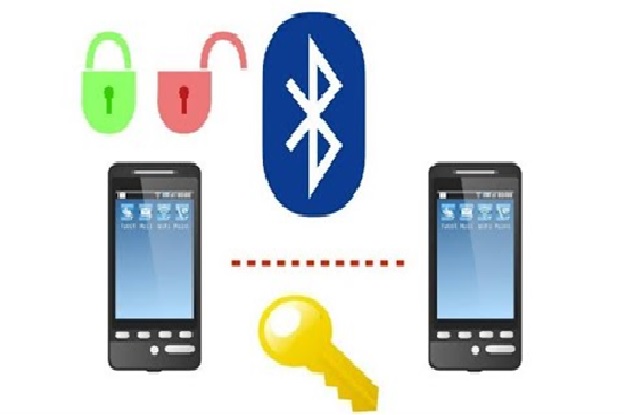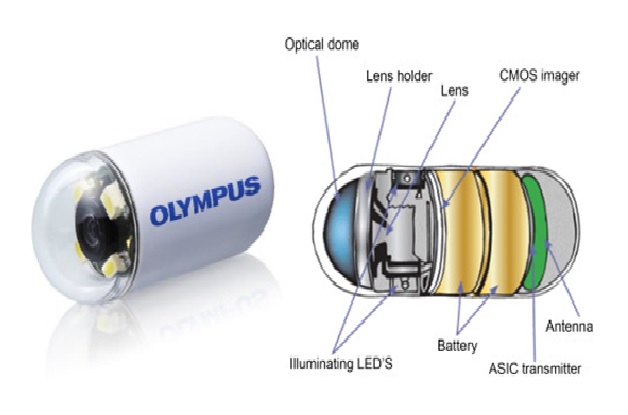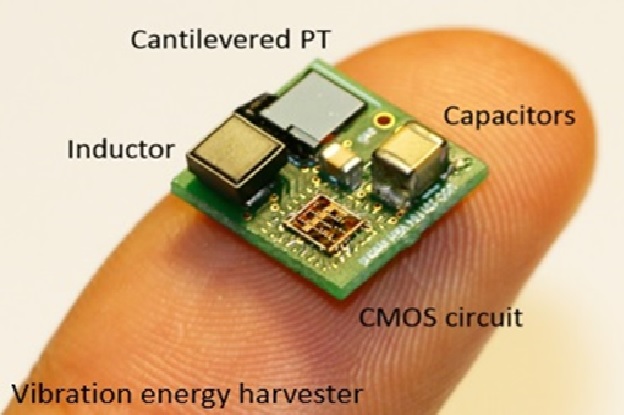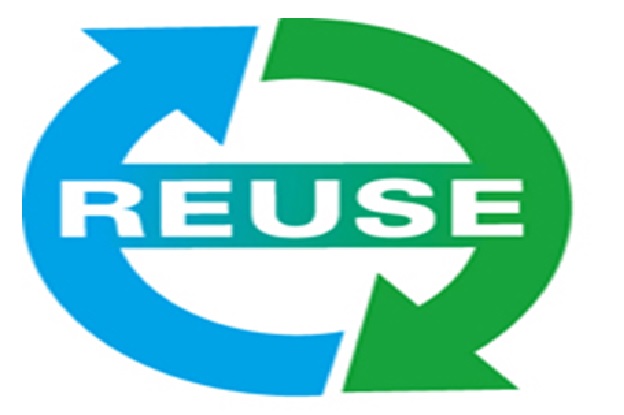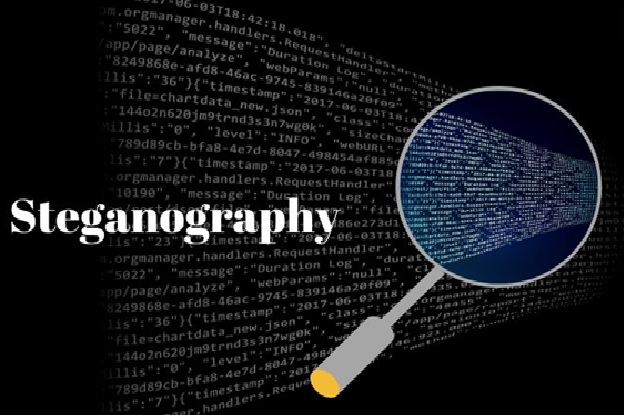Overview of Gesture Recognition Technology
Gesture recognition is a type of perceptual computing user interface that allows computers to capture and interpret human gestures as commands. The general definition of gesture recognition is the ability of a computer to understand gestures and execute commands based on those gestures. Most consumers are familiar with the concept through Wii Fit, X-box and PlayStation games such as “Just Dance” and “Kinect Sports.” [1]
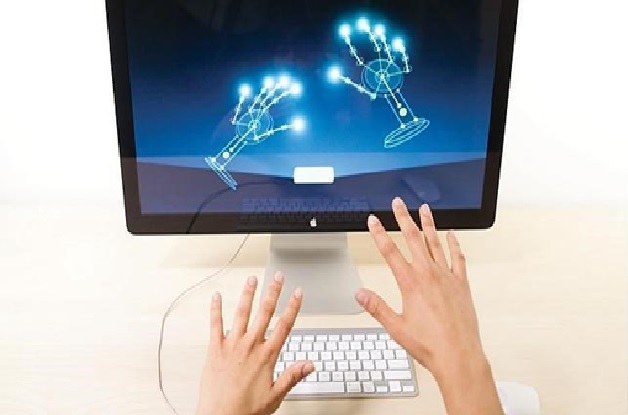
Figure 1. Overview of Gesture Recognition Technology
Figure 1 shows a gesture recognition system starts with a camera pointed at a specific three-dimensional zone within the vehicle, capturing frame-by-frame images of hand positions and motions. This camera is typically mounted in the roof module or other vantage point that is unlikely to be obstructed. The system illuminates the area with infrared LEDs or lasers for a clear image even when there is not much natural light.
Those images are analyzed in real time by computer vision and machine learning technologies, which translate the hand motions into commands, based on a predetermined library of signs. [2]
The technology benefiting Industry:
According to ‘Markets and markets’, the market for gesture recognition is expected to grow from USD 9.6 Billion in 2020 to USD 32.3 Billion in just five years. The integration of multiple technologies with gesture control is creating innovation opportunities in many sectors, including:
- Consumer Electronics – GRT is a natural evolution from touchscreens for the consumer electronics market. Home automation is a big field in which gesture recognition is being employed. For instance, smart TVs can sense finger movements and hand gestures, offer touchless control over lighting and audio systems.
- Automotive – Car infotainment systems leverage gestures to control music like changing radio channels and incoming calls, among many other things. Less interaction with the touchscreen makes the driving experience safer and more convenient.
- Healthcare – Hand-gesture recognition system enables doctors to manipulate digital images during medical procedures using hand gestures instead of touch screens or computer keyboards.
- Entertainment/Gaming – Augmented reality (AR) and virtual reality (VR) technologies in the gaming and entertainment industries have accelerated the adoption of gesture recognition products and solutions.
- Banking – Banks can use gesture recognition for enhanced security to allow only trusted employees/ customers to access secured areas and avoid robberies. KYC has become a challenge for banks and financial institutions during the pandemic. An e-KYC solution can ensure a frictionless customer experience with a combination of facial recognition and live emotion/ gesture capture. [3]
References:
- https://www.marxentlabs.com/what-is-gesture-recognition-defined/
- https://www.aptiv.com/en/insights/article/what-is-gesture-recognition
- https://www.capgemini.com/2021/08/gesture-recognition-for-a-safer-more-inclusive-society/
Cite this article:
Thanusri swetha J (2021), Overview of Gesture Recognition Technology, Anatechmaz, pp. 54



